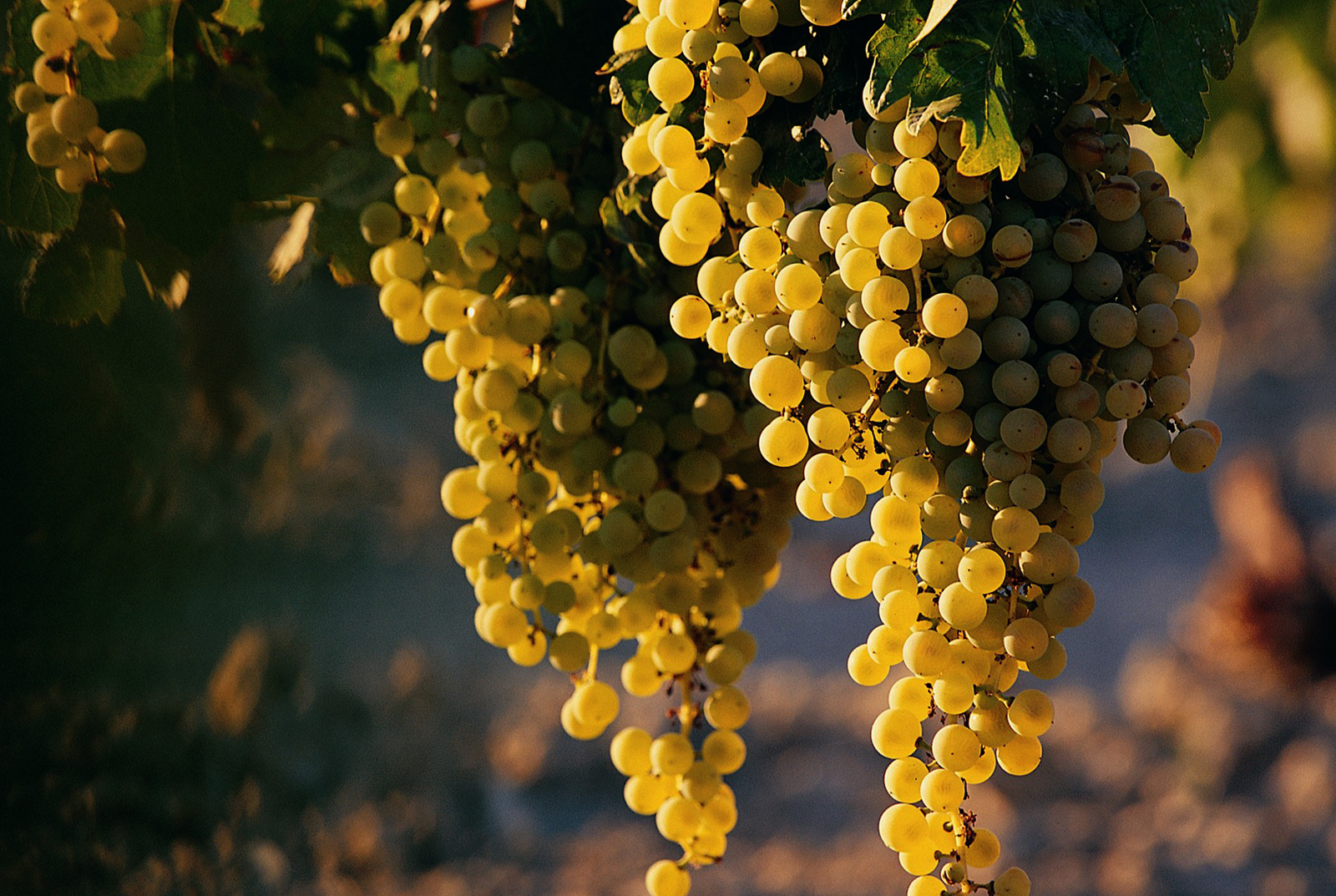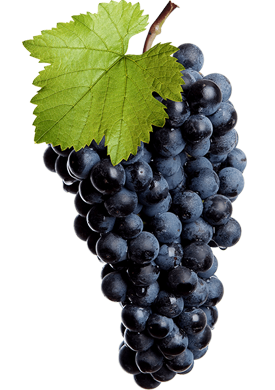he winds caressing the vines...
The sun shining upon them...
The rains quenching their thirst...
The earth that nurtures them...
The natural force that creates the individual character of the wine.
The wine which enables us to feel the earth and the sensuousness of time.
This is the Karnobat Valley terroir.
With the Black Sea so close to the east and the Aegean to the South, the climate in the region is quite favourable. The day-time and night-time sea breezes encounter two local winds – the north and south winds. The north wind blows in the afternoon and at dusk, from the high points to the low ones, to cool off the heated earth. The south wind blows mostly in the morning, from lower points to higher ones, to lift the morning dew and refresh the vines. These influences in the valley make the winter milder, the autumn long and warm, and the spring cool. They prevent parching summer heat.

Vineyards
THE VINEYARDS
We live and breathe with the philosophy that “winemaking starts at the vineyard”. That is why we have carefully selected three plots of land in the villages of Terziysko, Ognen and Devetak to grow our vineyards and make our favourite wines. Despite their proximity to one another, the vineyards have their own individual characters which contribute to the complexity and attractiveness of our wines.
OGNEN
The territory of the village of Ognen is located on the eastern slopes of the Terziyski Hill, where it meets the Karnobat Plain, at an altitude of 184 to 225 metres. The vineyards face the southwest. The soil is slightly leached, maroon forest soil. After the mild winter and the spring rains, the region enjoys warm sunshine until the late autumn days. These conditions make it possible for the grapes to ripen well and are exceptionally favourable for growing red wine grape varieties. We have chosen Cabernet Sauvignon, Cabernet Franc and Pinot Noir.
DEVETAK
The territory of the village of Devetak is to the southwest of the Hisar Hill, in the eastern parts of the Sliven Plain. The rolling landscape features small hills and hollows. The vineyards are located on the low crests of the hills and their hillsides at an altitude of 180 to 205 metres. Volcanic and sedimentary rocks are combined with sand-and-clay soil. On this unique terrain, the sunrays playfully caress the slopes, shine upon them from all sides and enable us to grow both red and white wine grape varieties. We have selected a palette of traditional and modern varieties, including Syrah, Cabernet Sauvignon, Merlot, Gewürztraminer, Chardonnay, Viognier, Muscat Petits Grains, and Muscat Ottonel.
TERZIYSKO
The territory of the village of Terziysko is located on the eastern slopes of the Terziyski Hill, where it meets the Karnobat Plain. Low mountains and hills dominate the terrain. The vineyards face the east and the south and are located at an average altitude of 350 metres. The soil is maroon forest soil, with very diverse and rich structure. The rainfall distribution in the year is very favourable for the ripening of the grapes. The higher altitude and cooler climate have proved to be suitable for white wine grape varieties. We have selected Rhine Riesling, Sauvignon Blanc, Viognier, Gewürztraminer, Chardonnay, Muscat Ottonel and Black Muscat.














